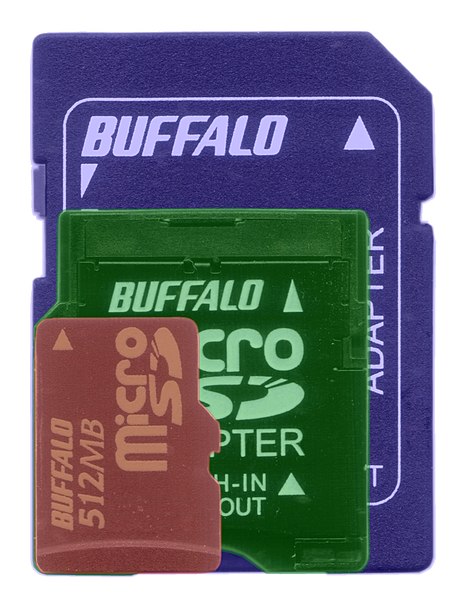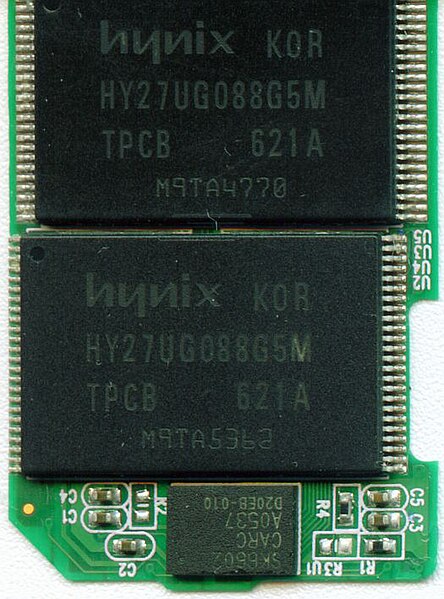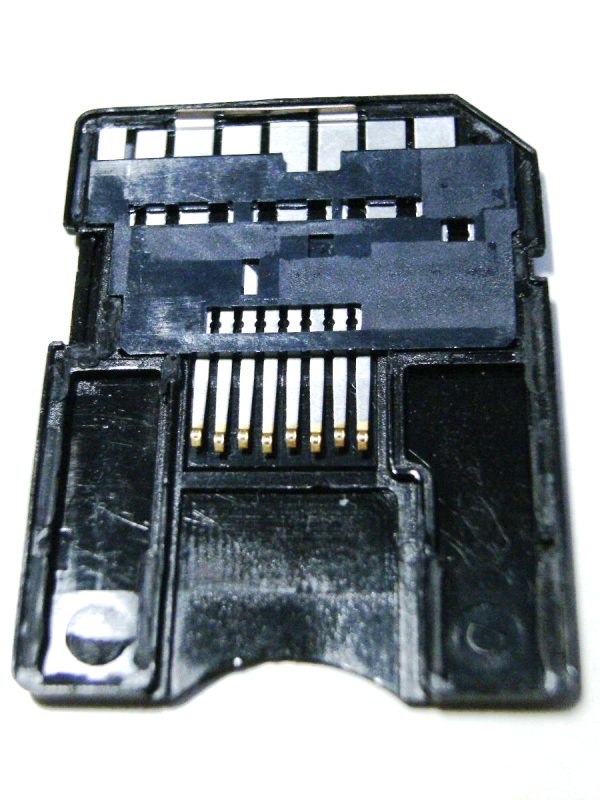Exophase
Nothing good will ever come of Exophase.
Your argument that microSD is cheaper than SD does not seem to be supported by reality. You seem to think that in the future, it will be easier to fit more memory in a small volume than in a bigger volume. That would be strange.
You start with an X GB NAND chip and some controller and put it in a package. It doesn't matter if that package is SD or microSD, except for with the microSD package you win slightly on materials. microSD may well involve different packaging technologies to get it in a tighter space but there's no indication that this would be more expensive.
Regardless of what Grench says, they are in fact the same NAND chips and most likely the same controllers, simply in different arrangements. A 128GB SD card today probably has four times the same NAND chips used in a 32GB microSD card. But that doesn't mean a 32GB SD card has 4 times what an 8GB microSD card would have had when it was new - that may have been true back then but right now it makes no sense, because it'd be MUCH CHEAPER if the 32GB SD card uses the same NAND layout as the 32GB microSD card. Because the chips are SMALLER (because they're made using newer manufacturing processes). Die area is the biggest driving factor in manufacturing cost. If they need to use more of them in parallel to get higher speeds they'll STILL use the smaller ones, up to a point of diminishing returns. So a brand new 32GB SD card today is liable to take up much less than the full space of the card.




